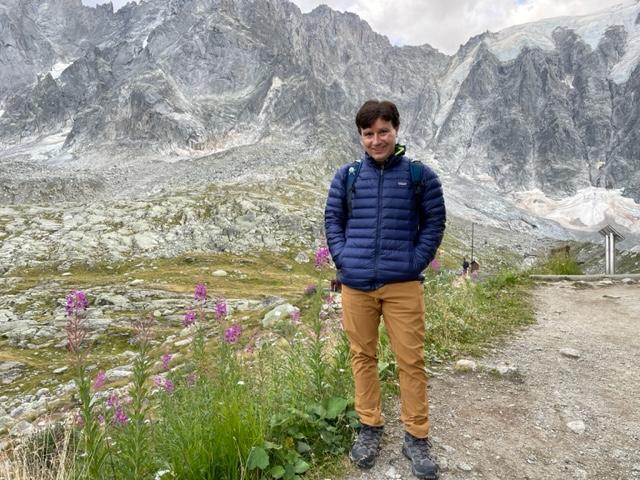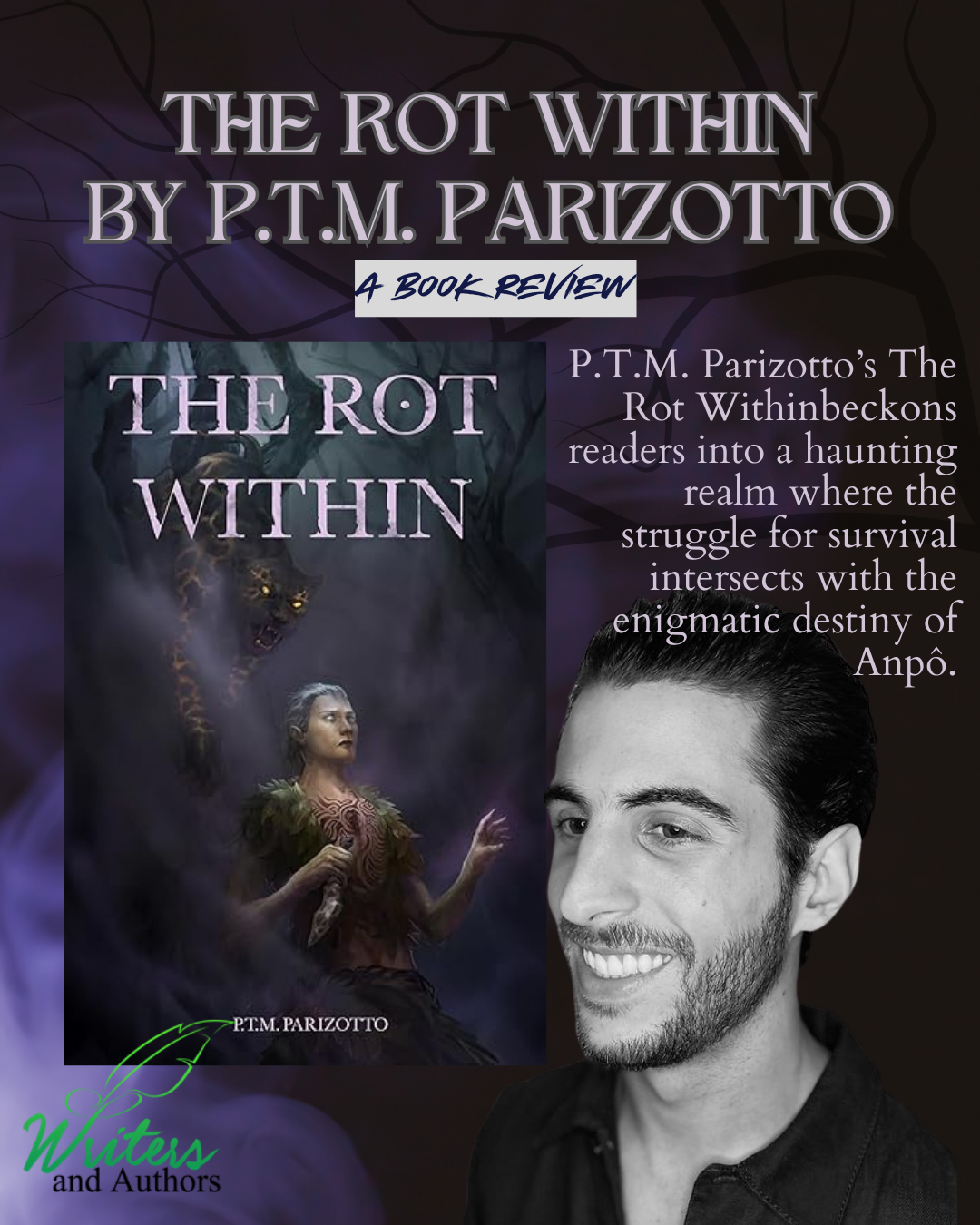First, a fictional world is any location you develop for your novel, whether it is a futuristic starship, a small rural hamlet, or a realm populated by paranormal beings. In this article, you can learn tips for building a realistic and vibrant fictional world.
Building Realistic and Vibrant Fictional World
Here are the tips you must follow while writing a fictional tale to make it vibrant and realistic.
-
Consider how you want to create your universe
Some authors create the whole world before writing a novel that takes place there. Some authors create their world as they write the narrative. If you’re going to create your universe first, give yourself a deadline.
The last thing you want to happen is to become so engrossed in creating your world that you forget to finish the book.
-
Think about the overall picture of your world
Is it found here on Earth? Is it in the town where you reside? Is it a land of fantasy? Your ability to make decisions regarding more specific issues will be aided by having a thorough understanding of the bigger picture of your world. Maps can be a great help here, to make things more existing.
-
Who will reside in your world?
Ordinary people? Shapeshifters? Witches? “The dead”? Monster-like creatures that come to mind? Your environment must accurately depict the needs of its inhabitants to be realistic. Because innumerable facets of your universe flow from that one place, you must consider the practical requirements of your characters from the beginning.
-
Unbreakable laws of your universe?
Setting boundaries for your universe help you tell a more compelling story. Even if magic exists in your world, it should adhere to rules. For instance, after casting powerful magic, a warlock falls asleep for an hour. You have an inherent source of tension all of a sudden.
-
Think about the climate where you live
It can determine the overall mood of a story. Dark and gloomy with a persistent drizzle contrasted with golden sunshine, warmth, and frigid artificial light. These all conjure up very different worlds.
Think about the plants and animals on your planet, but just the ones essential to the story’s meaning!
Consider your words carefully before describing the seven distinct types of mushrooms you’ve developed or studied, even though every writer’s style is unique and varies from lush to spare. It’s because your readers’ eyes might start to glaze over before the next chapter unless one of those mushrooms is a murder weapon.
-
Strong continuity
The continuity in world-building and elsewhere makes a powerful book—and series—from simple things like ensuring that the physical structures in your world remain constant (until the change is explained) to big-world-changing events.
-
Timelines are essential for creating a consistent world
Maintaining a timetable for each book is crucial for several reasons, including following a pregnancy throughout several books and determining the season.
The latter not only makes it simpler to remember what happened in the book but also makes it simpler to look back on incidents in subsequent installments of the series. Again, this level of minute specificity deepens the world.
The Bottom Line!
We hope you can write a realistic and vibrant fictional world in your tales with the help of these valuable tips. Writers and Authors provide you with exceptional & excellent services like book reviews, author website services, author interviews, marketing services, and many more.==





















